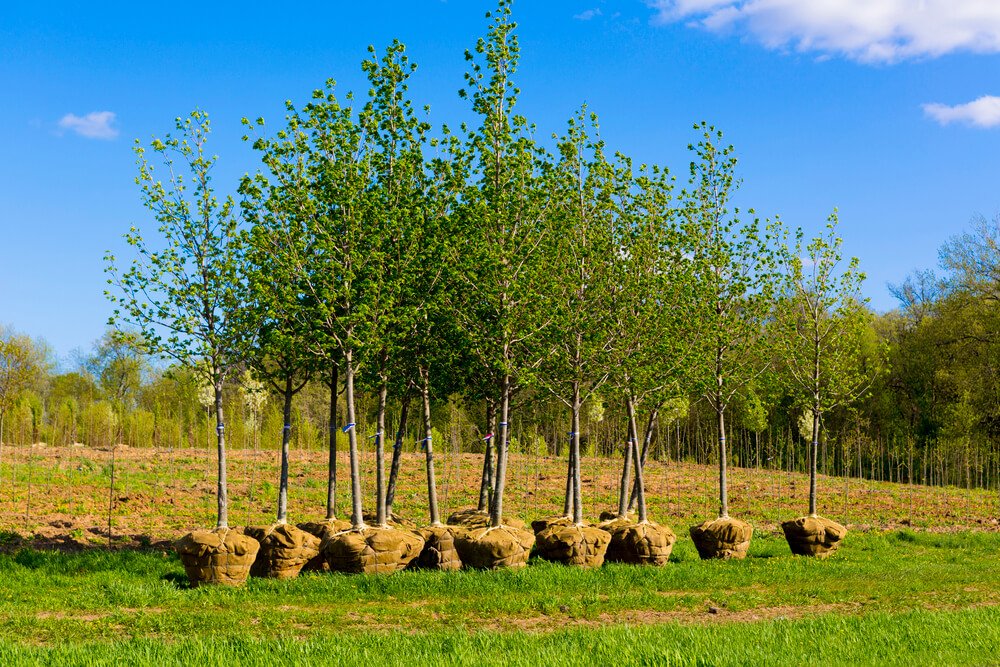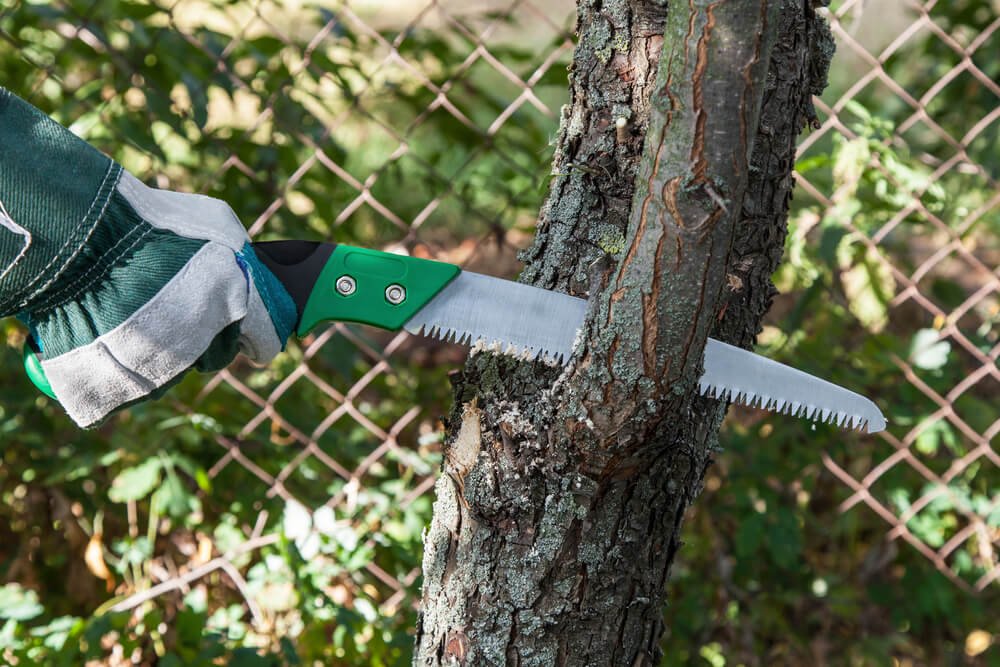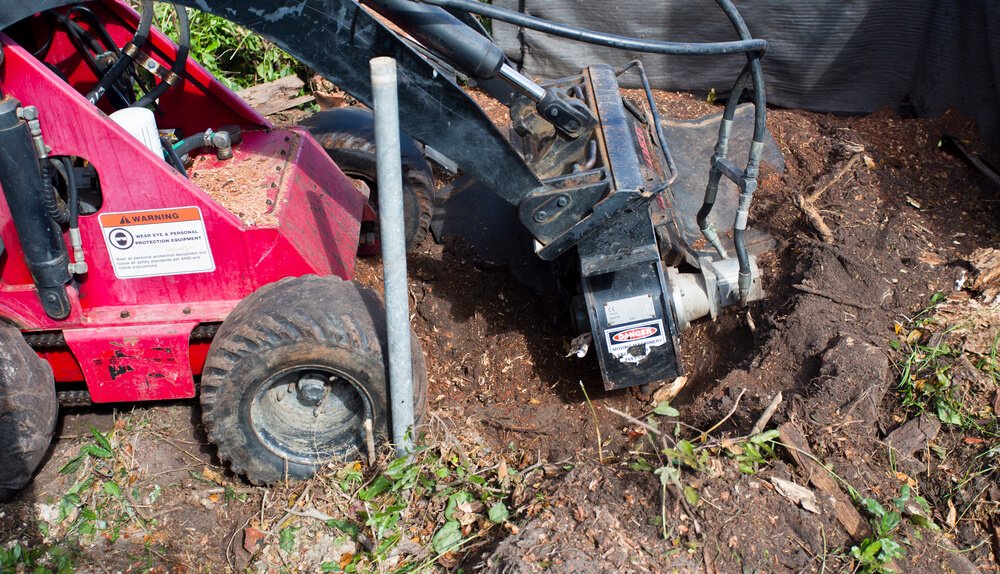
Amorous Arbors – Trees that Love Your House
As the days get shorter and leaves begin to fall in many parts of the world, our minds begin to drift towards seemingly far-off dreams of the coming spring. Wouldn’t it be lovely to have a couple of nice trees in the yard to hang a hammock from? A branch for your children to swing on?
A beautiful flowering variety to waft sweet scents in through your windows at night? Yes, trees do indeed provide much joy and aesthetic appeal to your yard and house. But where should you plant a new tree? Your yard isn’t as grandiose as you’d prefer, so space is a bit limited.
According to Vieira Gardening Services, expert gardeners in Woking, anywhere you plant a tree, it will be relatively close to your house. As you have heard from the neighbors, that can be cause for trouble. So, what trees are best to plant near your house? Read on to learn more.
What is Your Tree Taste?
First of all, take a look at this map to determine what planting zone you are in; this will limit your options a bit. Next, determine what it is you are looking for in a tree.
Trees with thick foliage can offer increased privacy. They can also help to reduce your air-conditioning bills in the summer and heating bills in the winter by protecting your home from the hot sun or cold winds.
Flowering trees offer a splash of color in the spring, while conifers provide greenery all year round. Once you know what you want, the next step is to decide what is practical to have in your limited space. Trees can, indeed, wreak havoc upon your house if you do not choose carefully.
There are the obvious ways that trees can become a hassle – leaves clutter your yard and create the chore of raking (which, let’s be honest, your kids do love jumping in the leaf piles!).
Branches, or worse, the whole tree, could fall on your house causing damage to your property and possibly your family. But there are potential problems that you cannot always see until far too late.
The Root of the Problem
Roots grow undetected and can cause underground problems affecting your house and its stability. According to the Iowa State University extension program, woody roots, which provide support for the tree, tend to grow horizontally and can extend outward up to seven times that of the branches.
The radius of branches is referred to as the “drip line,” and is important to understand when constructing anything near a tree. Typically roots grow within the top four feet of soil, and mostly even shallower, a mere few inches.
The Royal Horticultural Society, in the United Kingdom, suggests that roots can grow up to three times the height of the tree. Take a look at this table by Tree Time to get a better understanding of how far you should plant a tree from any building.
Understanding roots can help you to avoid the problems they can cause. One issue arises when you have a faulty pipe. If any of your underground pipes are compromised with leaky areas, the roots will be drawn to them out of thirst.
The root can, and will, then make its way into the crack for more liquid, and can block the pipe altogether. This is not a pretty picture, especially if that pipe is supposed to be draining sewage.
Another underground issue is the potential to weaken your house’s foundation. I’m sure you can picture that old sidewalk down the road that has tree roots growing right up through the cement cracking it into bits.
That’s not actually very common with housing foundations as the load they bear (as opposed to the sidewalk) is too heavy for roots to grow into.
However, roots can affect the stability of your foundation through what is known as “subsidence.” According to the Oxford Learner’s Dictionary, subsidence is “the process by which an area of land sinks to a lower level than normal, or by which a building sinks into the ground.”
Additionally, the ground can expand, or “heave,” which can also cause foundational damage. Knowing what kind of soil you have will help to determine how great a threat these can pose.
Gardeners’ World outlines six different kinds of soil – chalky, clay, silty, loamy, peat, and sandy. Clay soil is by far the most problematic when it comes to the danger of subsidence.
It has the ability to shrink greatly, especially in times of drought. Chalk- and sand-based soils lead to fewer problems because they don’t succumb to subsidence as easily, if at all. You can watch this video to help you determine the type of soil you have.
How Thirsty Is the Tree?
In addition to soil type, the type of tree you choose can impact your potential for subsidence depending on its water uptake. Scientific American explains the process of water uptake in detail. Basically, trees absorb water from the ground, based on how much water goes into the air from the leaves.
On hot days more water goes into the air, and therefore more water is soaked up through the ground. In addition to the weather and climate affecting water uptake, different tree types can determine this too.
The Royal Horticultural Society explains that trees requiring less water uptake are safest to plant near your house, while trees requiring more water pose a greater risk. A list of examples can be found at the end of this article.
When It’s Not Your House (Or, When It’s Not Your Tree)
Don’t forget about your neighbors – according to FindLaw.com, you can be held accountable in a court of law if your tree causes damage to your neighbor’s property. A neighbor can legally, in the United States, trim any branches or roots that extend into their property line.
The owner of the trunk of the tree is responsible for ensuring that the tree is safe. It is a good idea to have a professional survey your tree(s) every few years to ensure that you (and your house) are in the clear, quite literally, from weak branches or even the trunk itself.
So, What Trees Should I Plant?
According to Davey, a blog of helpful outdoor tips, the following trees fit the above recommendations:
- Crabapple
- Cornelian-Cherry Dogwood
- Japanese Maple
- Flowering Dogwood
- American Holly
According to the Royal Horticultural Society, the following trees have low-water uptake, and are therefore recommended for planting closer to buildings (click to see the common varieties of each):
- Abies
- Araucaria
- Catalpa
- Corylus
- Ginkgo
- Larix
- Liquidambar
- Liriodendron
- Magnolia
- Morus
- Picea
- Pinus
- Sambucus
There is some debate about whether planting in the fall or spring is better, so either get to it quickly or spend the winter taking your time to consider your options. Keep in mind that Arbor Day will be celebrated on April 24 in 2020 – Happy planting!








